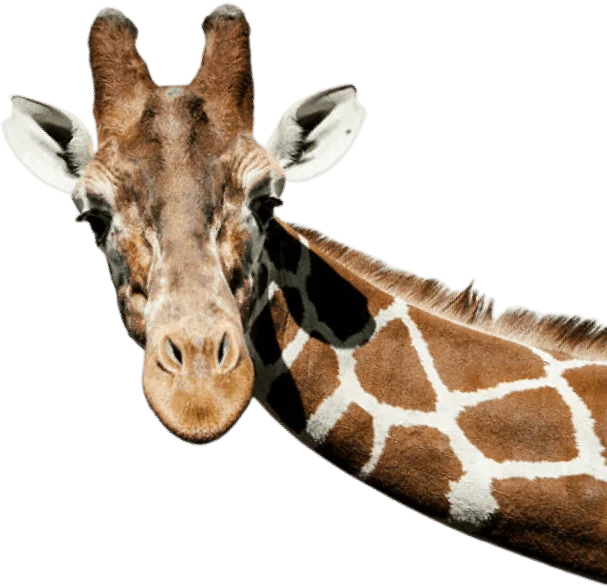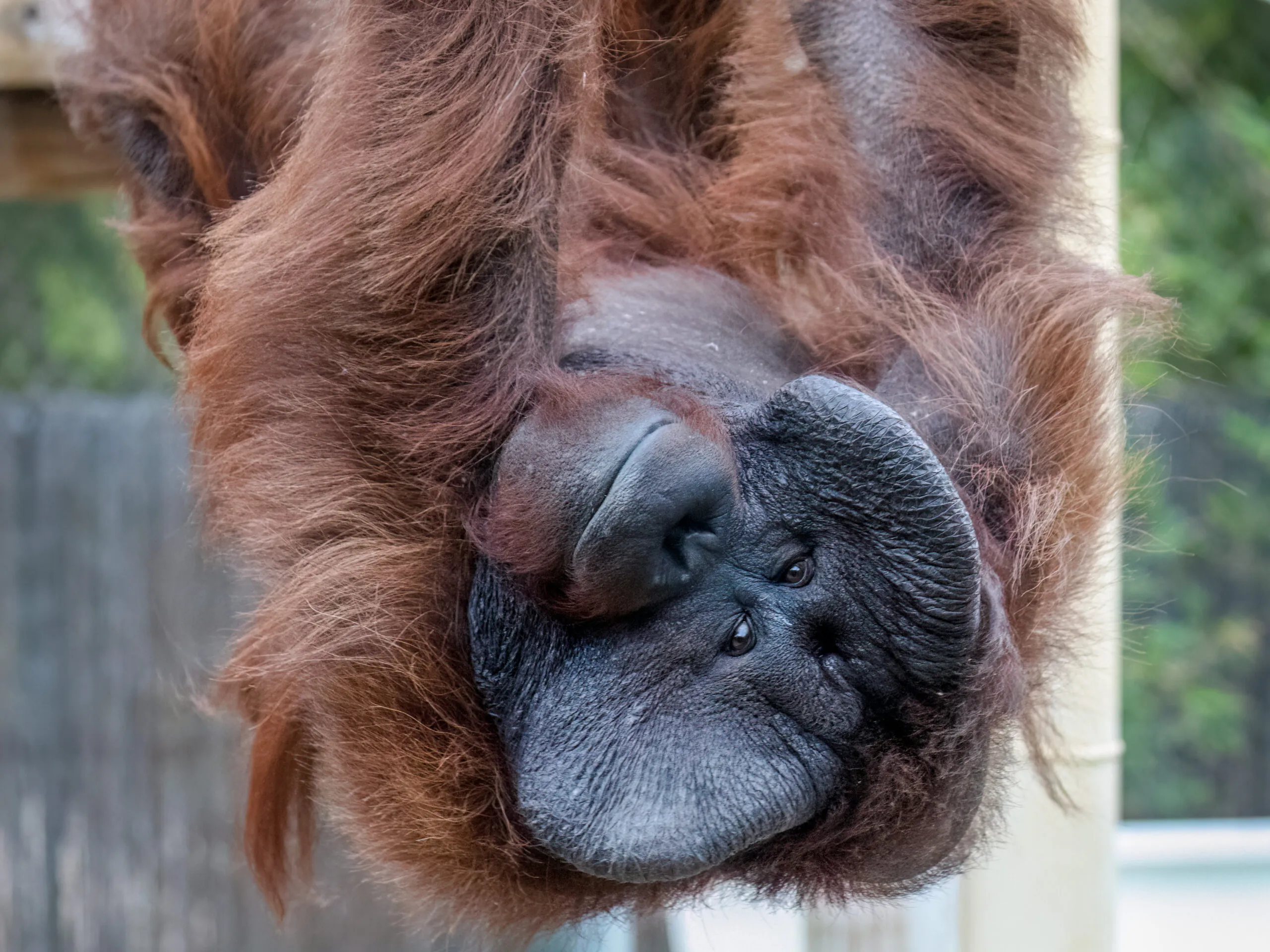Asian Elephant
ABOUT
What’s in the Trunk?
An elephant’s trunk is actually its nose and upper lip. Containing powerful muscles and sensitive nerve endings, it can be used to pull down something as large as a tree or pick up something as small as a tic-tac. Elephants can use their trunks to lift items weighing several hundred pounds and breathe through them like snorkels when swimming. With a sense of smell estimated to be four times as sensitive as a bloodhound’s, they can detect water from miles away. This is important for survival because elephants drink up to 50 gallons of water every day!
Big Baby on Board
Elephants may be pregnant for up to 22 months, which is the longest gestation period of any mammal. They typically have one offspring at a time. On rare occasions they will produce twins, but twins normally do not survive. Baby elephants, or calves, may weigh 200 lbs or more at birth. A newborn elephant’s brain is already highly developed and ready to start learning the complexities of elephant life. Calves will suckle for several years before weaning, after which the mother will breed again.
It’s All Relative
Asian elephants are more closely related to extinct wooly mammoths than they are to African elephants, according to recent research. Asian and African elephants are actually from two different taxonomic genera. Surprisingly, the closest living relatives to elephants are aardvarks and hyraxes, which are much smaller, and dugongs and manatees, which are aquatic.
Asian Elephant
Class: Mammalia
Order: Proboscidea
Family: Elephantidae
Genus: Elephas
Species: Maximus
Status: Endangered
Height: 7-10 ft.
Diet: Roots, grasses, fruits, bark
Habitat: Forests, grasslands, scrublands
Plan your visit today!
The Phoenix Zoo is one of the largest non-profit zoos in the U.S., caring for over 3,000 animals, with nearly 400 species represented, including many threatened/endangered species.







